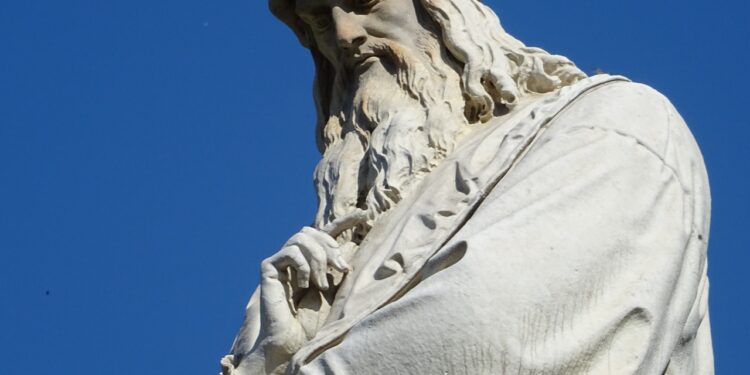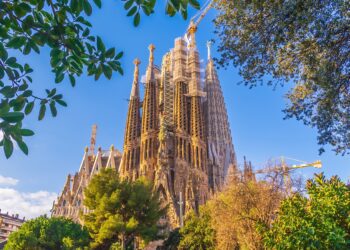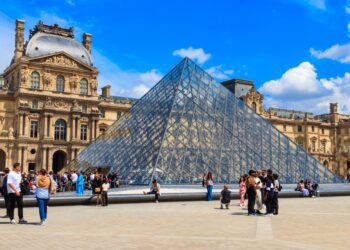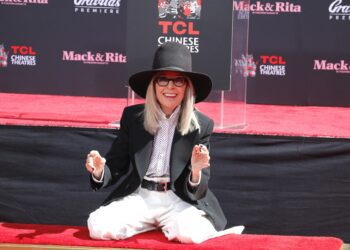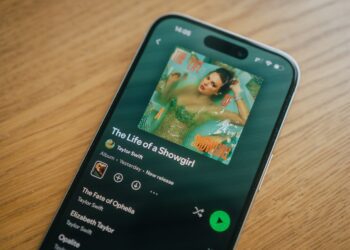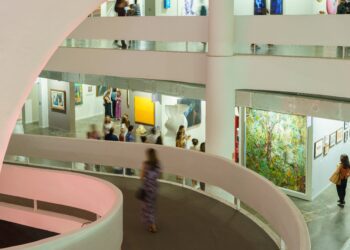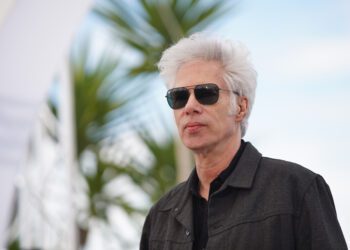Tapping into the convergence of art and science can help improve everything from strategic planning to performance management, but how do you do so? Let’s go straight to the source. Here are five leadership lessons gleaned from a Renaissance master.
In 1482, Leonardo da Vinci sent a job application letter to Ludovico Sforza, the archduke of Milan. Knowing his future employer was enmeshed in frequent military battles, the letter described Leonardo’s prowess at designing war machines, diverting rivers, building bridges, and designing weapons. He concluded his resume with the greatest understatement in art history: “I can also do … painting.” Indeed.
A pioneer in disciplines including fluid dynamics, optics, cartography, engineering, aviation, and anatomy, it was Leonardo’s ability to bring his science to art—and his art to science—that distinguished him in such a range of fields.
Leadership in these complex times similarly requires an adept mix of art and science—gut instinct balanced with data-driven decision-making, creativity coupled with systems thinking. And we can look to the works—and workstyle—of this Renaissance master to glean insights on how to deftly blend art and science in our own leadership.
Lessons from Leonardo were already apparent in one of his earliest paintings, the Ginevra de’ Benci, a portrait of a 16-year-old Italian aristocrat currently exhibited at the National Gallery of Art in Washington, D.C. It’s believed to have been painted between 1474 and 1478, and is the only painting by Leonardo in the Americas.
Exploring this painting reveals five lessons in leadership.
Find unexpected connections
In the Ginevra, Leonardo enhanced the realism of the portrait by making unexpected connections across multiple disciplines. For example:
Optics: Into the early Renaissance, most paintings were flat and two-dimensional. Because of Leonardo’s painstaking studies of the geometry of optics, he was one of the first major artists to achieve visual depth via one-point perspective4 by painting with reference to a single vanishing point on the horizon.
The artist also recognized atmospheric perspective: Objects that are farther in the distance appear to have less distinct edges, and a color shift toward blue occurs due to the atmosphere—both of which appear in the distance in the Ginevra. Leonardo’s observation skills may have been well-honed at a young age since both phenomena were apparent when viewing the town of Vinci from the porch of his birthplace.
Fluid dynamics: Leonardo was also committed to the study of fluid dynamics.6 His journals abound with sketches of the flow of water—such as around the abutments of a bridge spanning the Arno River—and his famous whirlpool in The Maelstrom. The curls of Ginevra’s hair mimic multiple such water studies, an image Leonardo also emulated in the curls of the angels’ hair in his famous Virgin of the Rocks.
Psychology and physiology: Leonardo even connected the dots (apologies to the Impressionists) with psychology and physiology. Through dissection, he learned about the 27 different muscle structures in the face. By painting the faint nuances of those muscles in Ginevra’s face, he was able to communicate lifelike emotion.
While you might not turn to fluid dynamics or physiology in your day-to-day work, Leonardo demonstrated that finding unexpected connections requires a leader to intentionally engage nontraditional disciplines. Research finds that “there’s great power in bringing together people who work in fields that are different from one another yet that are analogous on a deep structural level.” For example, philosophy has much to contribute to business, and some corporations now engage epistemological philosophers to advance AI and cognitive capabilities, and ethicists to help with purpose and moral decision-making amidst complex societal challenges.
Challenge your frame
The Ginevra’s provenance demonstrates the damage leaders can cause when they try to fit every issue into their own frame. The Ginevra is displayed in a 15-inch by 15-inch square frame, but removing the painting from the frame reveals that the painting was sawed off on its right side and bottom. A significant portion of one of the greatest art pieces in the world was destroyed, presumably because it didn’t fit into an owner’s predefined frame. Art experts have tried to determine what the original painting may have looked like by connecting the dots between Ginevra’s silhouette and a related sketch of a woman’s hands found in Leonardo’s journals. Imagine how this expanded view could have added to the emotions evoked by the painting just by the positioning of this young woman’s hands.
Leaders should consider challenging the strategic frames within which their organization operates and redraw those frames out of either opportunity or necessity. During the pandemic, Airbnb broadened its frame from booking vacation rentals to providing virtual travel experiences. Uber expanded its frame from moving people to moving food too. And medical doctors globally redrew the physical boundaries of diagnosis and treatment from office to home via telehealth.
Sometimes organizations also need to tighten their strategic frames. Since its inception, Zoom prioritized the ease of customer experience, such as by displaying the meeting ID in the upper corner of the screen to share with new invitees. In the early days of the pandemic, the virtual meeting provider had to rapidly redraw its boundaries to tighten security and confidentiality when users—including world leaders—began sharing screenshots on social media of their virtual meetings during lockdown, unintentionally revealing their meeting IDs.
See through others’ experiences
What a viewer sees in the Ginevra depends on the lens they bring to the painting. An artist may notice techniques perfected by Leonardo to depict depth, such as chiaroscuro (the use of shadows based on how light falls on images) and sfumato (smokiness rather than hard lines on the subject’s jaw). A symbolist might recognize how Leonardo was communicating the subject’s character: The church steeple represented piety and the juniper branch was a sign of virtue in Italian culture. A Latin scholar might notice not just symbolism but also playful humor, the Latin word for juniper (ginepra) being a play on the subject’s name. And a forensic investigator may be intrigued to find Leonardo’s fingerprint embedded behind Ginevra’s right shoulder.
Stepping into someone else’s experience opens our own eyes as leaders to a richer depth of insights. Each year on Founder’s Day, the McDonald’s corporate office empties and its senior leaders work at the grills, front counters, fry stations, and drive-through windows of hundreds of their restaurants around the world—giving them a chance to see the experience from customers’ and store associates’ vantage points.
Similarly, experiencing diverse strengths, skill sets, and viewpoints can help illuminate new ideas. The Santa Fe Institute, a research center focused on the study of complex systems, brings together business, scientific, educational, and other leaders, connecting multiple lived experiences and mindsets to “understand and unify the underlying, shared patterns in complex physical, biological, social, cultural, technological” systems in pursuit of a common goal.
By Bill Marquard
Read the full article at https://www2.deloitte.com/us/en/insights/topics/leadership/leadership-lessons-from-leonardo.html.

